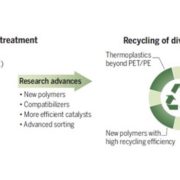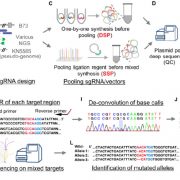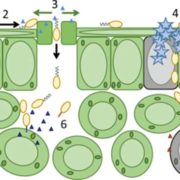Perspective: Multiplying the efficiency and impact of biofortification through metabolic engineering (Nature Comms.)

As heterotrophs, we are what we eat. One of the UN Sustainable Development Goals is to end all forms of hunger, including the “hidden hunger” that results from nutrient deficiencies. Van Der Straeten et al. provide an overview of biofortification strategies. They review current successes from conventional breeding, which include: zinc rice, wheat, and maize; provitamin A maize and cassava; and iron beans and pearl millet. However, in some cases, the crop’s genetic diversity is insufficient to achieve meaningful biofortification through traditional methods, and in these circumstances a genetic metabolic engineering approach might be helpful. Golden rice, in which provitamin A is produced in the grain, is only obtainable by genetic engineering because the necessary genes are not naturally expressed in this tissue. Genetic engineering can also make it much more feasible to biofortify for multiple nutrients at the same time by placing the corresponding genes into a single locus, as has enabled the production of polished rice enriched simultaneously for iron, zinc, and provitamin A. As the authors observe, there are several obstacles that must be overcome to accelerate the progress of biofortification. These include updating regulatory frameworks, informing the public about the safety of genetic engineering, obtaining humanitarian licenses for needed technologies, and additional research. (Summary by Mary Williams @PlantTeaching) Nature Comms. 10.1038/s41467-020-19020-4









